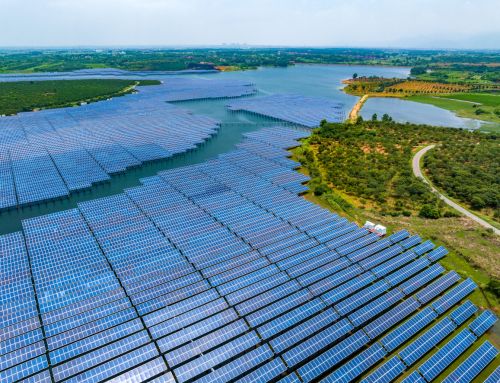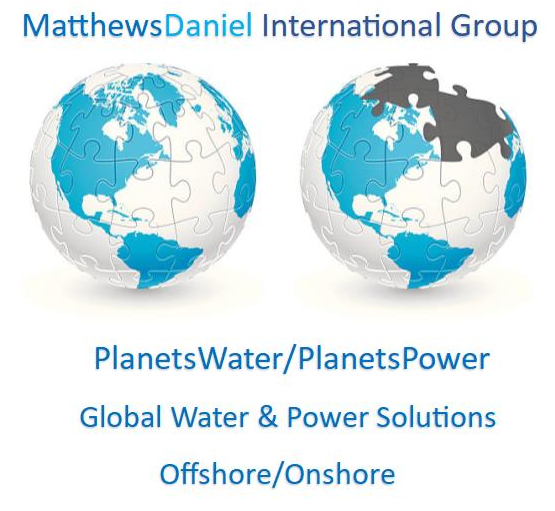In the modern age, electricity is not just a luxury; it’s a necessity. Its ubiquity has become so entrenched in our lives that any disruption feels cataclysmic. However, the ever-increasing global demand for municipal electricity supply isn’t merely an inconvenience; it’s the epicenter of multifaceted crises, often culminating in international tensions and domestic unrest.
1. An Overburdened Infrastructure:
Our voracious appetite for electricity has long outstripped the aging infrastructure’s ability to deliver. In many countries, especially those with rapidly expanding urban populations, the grid is buckling under demand. This isn’t just a case of occasional blackouts; it’s a system on the brink of collapse.
- Inadequate Investment: Many countries have historically under-invested in their electrical infrastructures, leading to an inability to cope with the rising demand.
- Aging Assets: Much of the existing infrastructure, including transformers, transmission lines, and power plants, are reaching the end of their operational lifespan.
2. The High Price of Dependency:
The world’s reliance on non-renewable energy sources, especially coal, oil, and natural gas, fuels not just our homes and businesses, but also global conflicts.
- Resource Wars: History is littered with conflicts driven by the desire to control energy resources, from the Middle East’s oil fields to Central Asia’s natural gas reserves.
- Environmental Damage: Extractive processes cause irreversible damage to ecosystems, further amplifying climate change impacts.
3. Economic Disparities and Social Unrest:
Electricity prices have surged due to the mismatch between demand and supply, leading to economic hardships. This has, in some regions, ignited protests and widespread discontent.
- Vulnerable Communities: Those at the economic margins are most affected, often having to choose between essentials like food and electricity.
- Civil Disruptions: From the gilets jaunes protests in France, ignited partly by rising fuel costs, to unrest in South Africa over persistent power cuts, the undercurrents of dissatisfaction often find their roots in energy issues.
4. The Mirage of Solar Energy Reselling:
The idea of solar power as an alternative has gained traction. However, reselling solar energy back to the grid has its pitfalls.
- Economic Imbalance: Most utilities buy back solar power at lower rates than they sell it, leading to discontent among solar power producers.
- Grid Instability: The intermittent nature of solar power, dependent on weather conditions, can lead to grid instability if not managed correctly. This unpredictability requires significant adjustments and investments in grid infrastructure.
5. The Off-Grid Solar Dilemma:
While off-grid solar solutions seem attractive, they come with their own set of challenges.
- Initial Costs: The upfront cost for setting up a robust off-grid solar system, including panels, inverters, and batteries, can be prohibitively high for many.
- Maintenance Issues: Solar panels need regular cleaning and maintenance, and batteries have a limited lifespan, often necessitating replacements every 5-10 years.
- Energy Storage Concerns: Storing energy for nighttime use or cloudy days requires batteries, which can degrade over time and often contain harmful chemicals.
6. The International Power Play:
As nations grapple with their internal energy crises, international relations become strained. Countries with abundant energy resources wield disproportionate power, leading to skewed geopolitical dynamics.
- Sanctions and Politics: The use of energy resources as political tools isn’t new. From oil embargoes to natural gas supply cuts, energy has been a potent weapon in the geopolitical arsenal.
- Transboundary Disputes: Projects like hydroelectric dams can have implications for downstream nations, leading to tensions. The ongoing disagreement between Egypt and Ethiopia over the Grand Ethiopian Renaissance Dam is a case in point.
Conclusion:
The current trajectory of our global electricity demand, coupled with the challenges of existing solutions, paints a bleak picture. However, this should also serve as a clarion call for innovation, international cooperation, and holistic thinking. To illuminate our future, we need to move beyond band-aid fixes and genuinely revolutionise how we produce, distribute, and consume energy.
Related Projects
Let us help you






